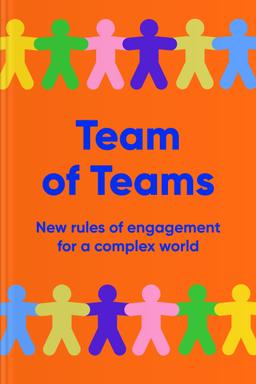You’ll learn
- Why resilience matters
- What turns teams into powerhouses
- When you should choose adaptability
- Ways to foster team innovation
russia has launched a full-scale war in Ukraine. Donate to support Ukraine and protect the world’s peace.

first KEY POINT
The Joint Special Operations Task Force, or the Task Force (TF), had to undergo a significant change during the Iraq War. In 2003, it felt that it had no experience fighting in the conditions of the new environment.The newness lay in the increased speed of communication and networking and the enemy's ability to adjust goals partway through. However, the U.S. Army was more used to exhaustive drills and planning. It was not ready, however, to be agile and maneuverable.
Based on the process of adaptation to these new conditions, a group of like-minded professionals from the military and academia came up with important implications for all organizations:
• In Iraq, the Al Qaeda (AQI) men were not superheroes, usually appeared understaffed, and lacked resources. Nevertheless, they were resilient in strategies and adaptation but too categorical in their minds. They made better use of 21-century tools.Environments evolve, and so should our strategies of working with and within them. What worked for our ancestors is not suitable anymore.The book is not an account of the war. It is how wartime strategies can facilitate adaptation for the challenges companies of different scales face today.
second KEY POINT
The Task Force was an organization made of different smaller ones and contained only the top military and special operations units. It had over 40 years of experience, with skills at the level of mastery. However, the TF’s ways didn’t seem to work when fighting the terrorist group, even though the AQI’s preparation, resources, and knowledge ceded to the TF. In theory, the TF defeating the AQI was just a matter of time. Later, General McChrystal learned why it was a much more difficult task.

Continue reading with Headway app
Continue readingfirst KEY POINT
second KEY POINT
third KEY POINT
fourth KEY POINT
fifth KEY POINT
sixth KEY POINT
seventh KEY POINT